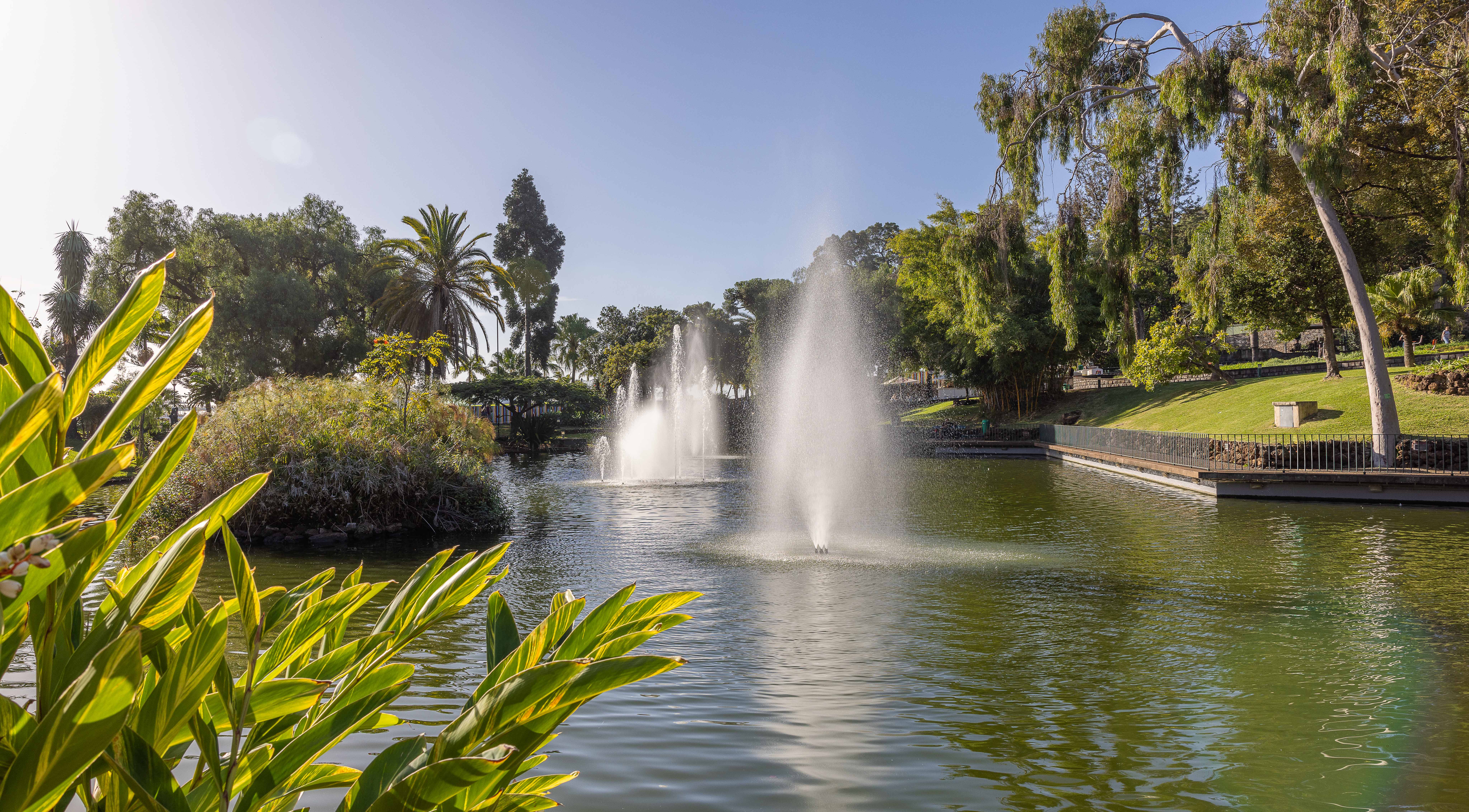It was once a cemetery until the middle of the 20th century, but it was transformed into a park, the largest in the city of Funchal
Santa Catarina Park is located between Avenida do Infante and Avenida Sá Carneiro. It is the largest green area in Funchal, with an area of 35,200 square metres and superb views of the city bay.
A cemetery began operating here in the 19th century but was moved between 1939 and 1944. The first known sketch of the park, according to some authors, is by landscape architect Francisco Caldeira Cabral, a pioneer in the study and teaching of landscape architecture in Portugal.
Born in Lisbon in 1908, he was the founder of landscape architecture in Portugal, with a wide international projection that made him one of the world's leading figures in 20th century landscape architecture, in collaboration with the architect Raul Lino. The project was later developed by António Viana Barreto, a landscape architect.
The park has a large lawn, flanked by tree, shrub and herbaceous species from all over the world and the cobbled paths so characteristic of Madeira, as well as statues evoking Christopher Columbus and Prince Henry the Navigator.
Part of the slope simulates the terraces so characteristic of Madeira's landscape. There's no shortage of carved stone walls, common in Madeira.
It is one of the parks in Funchal that receives the most visitors, not only because of its central position in the city, but also because you can see the views from there. At the eastern end, you'll find the Capela De Santa Catarina and a lookout point from where you can see the whole bay, making Parque de Santa Catarina one of the best places to contemplate it.
It wasn't always like this; in this area and at another time, the Nossa Senhora das Angustias Cemetery was located here, which was transferred to São Martinho in 1944.
In 1966 the Santa Catarina Park was opened to the public, allowing everyone to enjoy this great leisure area right in the middle of Funchal's urban structure.
With a gentle downward slope towards the historic centre, giving it the appearance of a natural amphitheatre, it is used to host some of the island's most important open-air music festivals, including Funchal Jazz and the Madeira Classical Orchestra's performances during the region's day celebrations.













